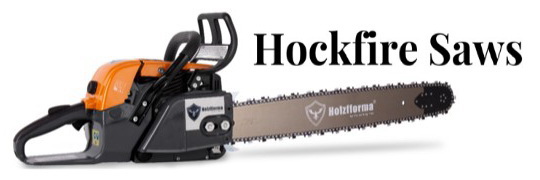- Local time
- 7:32 PM
- User ID
- 5156
- Joined
- Jan 24, 2018
- Messages
- 9,102
- Reaction score
- 35,611
- Location
- Extreme Southeast CA
When do you do it or not, how much and why? Pros, cons, species?
Almost always. To save the log, of course.When do you do it or not, how much and why? Pros, cons, species?
Yeah have done a lot of ash over the years. Also have a bunch of video's demonstrating the pro's and consYes it helps prevent pull. If you want to avoid pull, talk to or watch @afleetcommand stuff on YT.
This. This is an excellent description of why hardwood loggers cut the heartwood on just about all the trees. It’s what we do, because we have to. And to reiterate a bit, the heartwood actually does not have much holding power in the hinge, so removing it is of little worry. It seems like a big deal to a lot of people who 1) don’t cut much hardwood, 2) only learned cutting trees from one source, and 3) aren’t cutting trees for value.Damn, also late to the party here, just like the clearing thread.
It has one particular use in northern/eastern hardwood species, think White Ash, White Oak, Shagbark Hickory, & Black Walnut. Most mills that mill hardwood lumber deduct a lot for imperfections logs like knots or branch collars. This basically gives a logger up to the first big leader of the top to send as a saw log. In a lot of species, at least here, you get 14-20’ of the butt log. The fibers in the trees here are a lot more brittle and will, not might, pull. If you look, most pulled fiber is from the heart. Gutting the center of the hinge and then the controlled release of boring in and leaving a back strap helps a lot in keeping wood in the log & getting maximum board feet.
Secondly, it can be helpful when under-barred while still keeping directional control. It may be hard to believe, the outside of the hinge wood is doing most of the work directing a felled tree. Don’t ask me for a percentage, but due to it having the longest lever/moment arms against rotation along the center of the trunk, it’s what actually keeps a tree from spinning off the stump. Think about trying to cut a four foot tree with a 20” bar. Or a six footer with a 28” bar-I’ve had to do a few of those. Or some of the monsters guys in B.C are cutting with 36” bars. Boring in through the face gets part of the back cut done that you can’t reach when you’re under barred.
Lastly… And I shudder to think of it, you can set yourself to spend less time on the back cut. Underpowered saw, hazard snag, yada or whatever, you gotta cut the back quick and get the hell out, you can use it to get wood out of your back cut, and save time that way. But, that would be probably last resort.






